Based in Lacey, Washington, Plaid Jacket’s owners are Matt Abbey and his brother-in-law Chad Roraback, and John Cox, an electrical engineer and the “brains of the operation.” General managerJoe Johnston is the “glue” that holds the craziness together. Abbey and Roraback were business partners in a real estate investment and construction company for 16 years prior to this venture. Someone who was looking to hold one of the first cannabis licenses in Washington approached them for a location. “We found the property for him and we ended up purchasing the property too,” says Abbey. Plaid Jacket came to retail in January 2022.
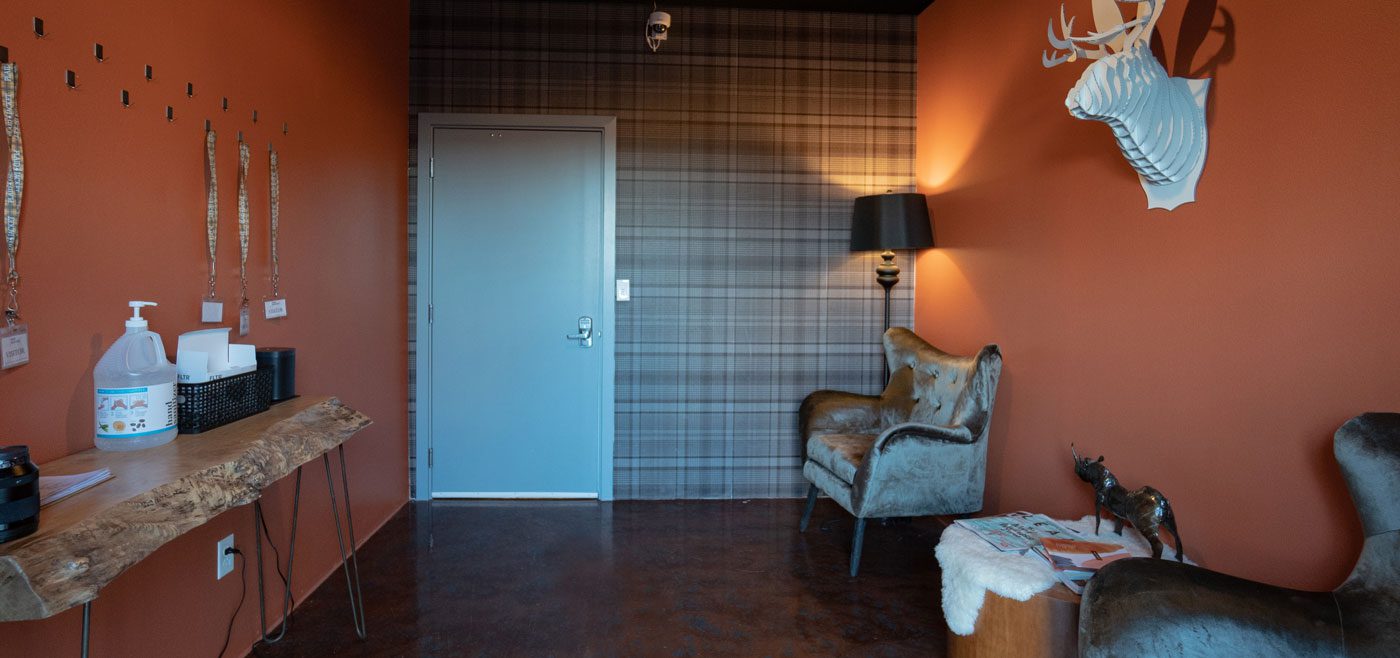
Straight Outta PNW
Roraback and Abbey were working on a Pacific Northwest vibe for the brand. “We wanted something that’s distinctively Pacific Northwest,” says Abbey. “We thought, if we become a nationwide brand we want people to recognize it immediately as a Pacific Northwest brand.”
Abbey was a “flannel around the waist” guy during the ’90s grunge days, so it’s his roots. After a marketing company created a rogue drawing of a plaid jacket and a jackalope, time stopped for a second and everyone laughed. “It made no sense,” says Abbey. “But, we were like ‘holy shit,’ that’s it!”

Top-down Efficiency
Cox says their plan from the start was to design in efficiency and intention from the ground up to grow the highest-quality cannabis possible. “To accomplish that, we had to look at basically everything that exists in agriculture and the indoor controlled environment,” he says. “We ended up with a very efficient system from a construction standpoint, where all of our flower rooms run on a 12/12 cycle so we can have half of the electrical infrastructure,” explains Cox. “So half our power is being used in the morning, say, midnight to noon, and then that power continues to the other rooms from noon to midnight.”
The facility is subdivided into approximately 1,000-square-foot flowering and grow rooms. Dehumidification is a big expense, so they included ways to capture waste energy through a hydronic system where pumps move water in a loop. “Our system here is basically a deconstructed dehumidifier,” says Cox. “A dehumidifier uses hot and cold condenser evaporator coils to draw the water out of the air and then reheat the air. The hydronic system we have here basically does the exact same thing with cold water or cooling and pulling water out of the air. “
Lighting interplays with this strategy too. They use metal halide and high pressure sodium for flower and LED in veg. “The HPS and metal halide hybrid spectrum that we use in flower are less efficient than LEDs, which you might think is terrible,” says Cox. “But we use the waste heat from the light in the room to force the air conditioning to run, which not only cools down the room from the lights, it also dehumidifies the room.”
A good portion of the waste heat energy that would typically be ejected to the atmosphere is reclaimed for the hot water system, which is pumped into the lights-off rooms for reheat purposes. Johnston says they are reaping the benefits of finding someone like Cox who was passionate about applying their knowledge to cannabis. And since they had a construction background, they were able to do the work themselves, on a tight budget but still maximizing quality.
“Chad and I and John are here everyday,” says Abbey. “We are owner operator. It’s a family thing. We didn’t just build it and then leave it to someone else to run.”
The facility is Tier 2, in a 36,000-square-foot building, producing and processing, with in-house flower, veg, a C1D1 for BHO extraction, an in-house tissue culture lab, a micropropagation lab, and a dedicated phenohunting generation area. They’ve explored
solventless separation, they’ve made their own rosin, resin, vape pens, and more. “Every product you can imagine happens in-house with our own product,” says Abbey. “We have a single-source artisan approach of quality above all, not necessarily what is the most financially beneficial.”
They grow low and slow to keep the terpenes high. Yes, they have exotic genetics and try to keep genetics that other people don’t have. “But we just try to grow them better than anybody else could grow them,” says Abbey.
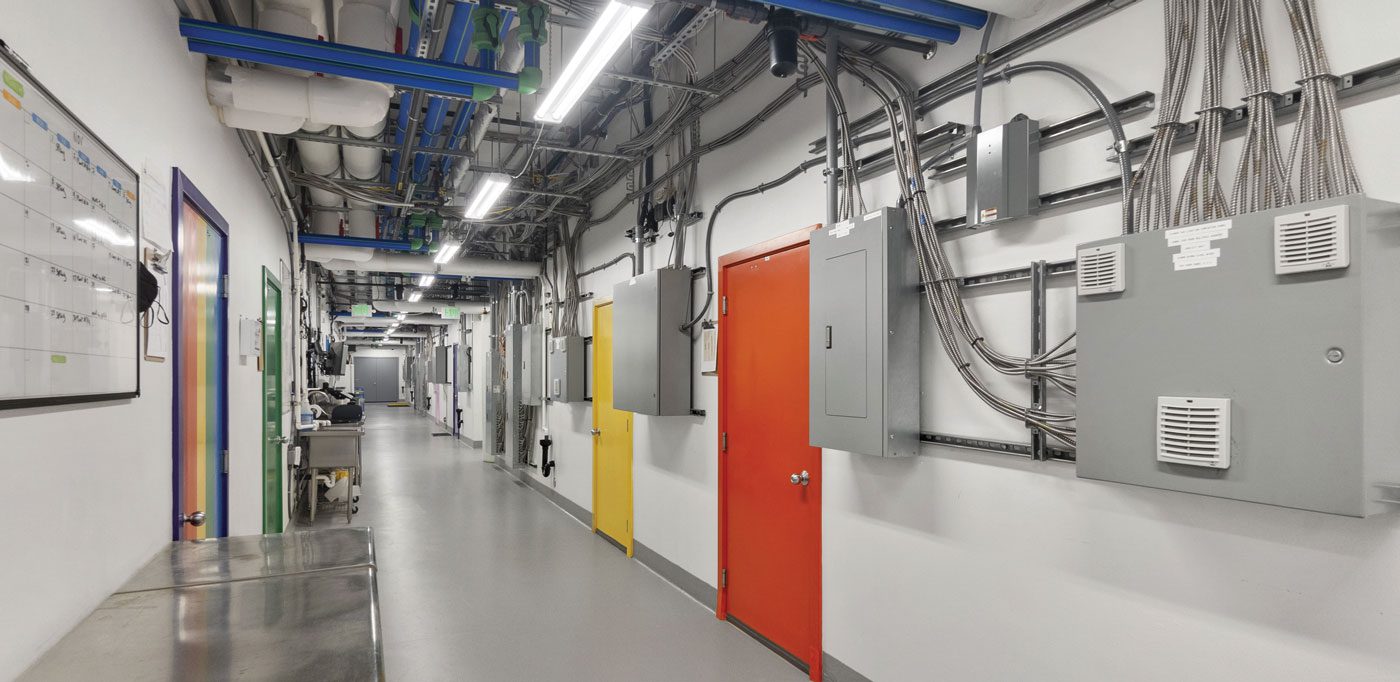
Harnessing Technology
The team’s growing philosophy is to minimize touches, using the SCADA system, or Supervisory Control and Data Acquisition, designed by Cox. This system has an array of automated tools and sensors that provide data on various environmental factors. This data helps the team identify when to investigate, and the tools provide repeatability and consistency, allowing for control of variables like lights and nutrients.
“John has spent countless hours getting this system down so we can constantly adjust and give this info to our gardeners, who are like the artists,” Abbey says. “We joke that we are like hippies and scientists working together because we have combined both of those ideologies.”
Johnston says developing their first package took a long time, and with Covid delays, they had time to try out their rooms, test cultivars, and nail down their system for repeatability.
“With cannabis over time, it’s hard to get that repeatability experience because of genetic drift and other issues,” says Johnston. “So our objective was to offer something different and that we can repeat. John has taken every effort to create a system that gets us as close as we can. We’re never going to say we’ve got it 100% figured out, but we are doing our best to offer the most top level products available on the market.”
Even though the system was designed for Plaid Jacket, Cox openly shares his ideas and intentions on forums and in discussions with other growers. “We try to be open with
that info,” says Cox. “This is just basic physics and engineering and thermodynamics.”
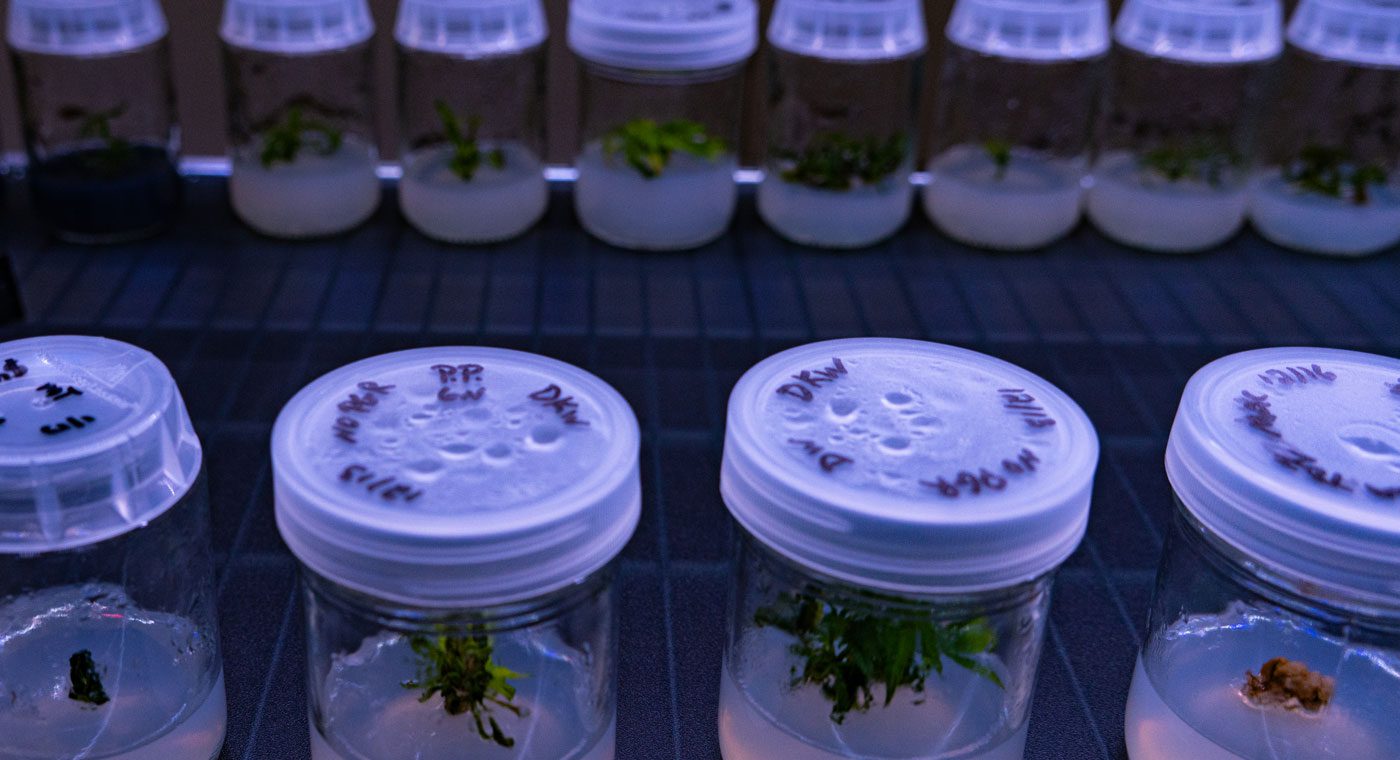
IPM & Beneficial Microbes
Cox says they harness all the goodness and benefits of microbes and fungi to grow healthy plants. They want the natural effects of healthy soil in their indoor environments, so they use something they call living water. They grow hydroponically in rock wool, and moms are grown in coco. Abbey says they would love to grow in soil, but the reality of the labor involved isn’t realistic. “To really stay consistent and to stay clean and to keep pests down without using pesticides we don’t grow in soil,” Abbey says. “We put all the beneficials things that you find naturally in the world into our nutrient mix. A plant’s best defense is to be a healthy plant.”
Cox says they have a very well-designed IPM strategy that uses “absolutely zero sprays,” even if it is permitted. They use beneficial mites during the flowering stage. In veg, they use a mineral oil product called Suffoil-X. They have multiple sets of scrubs for all the garden personnel, with foot baths and robust sterilization SOPs and procedures for moving from room to room. The SCADA sensors allow the team to monitor rooms without having to go in as often, but they use their physical observation skills to ensure that the plant health matches what they see on the sensors.
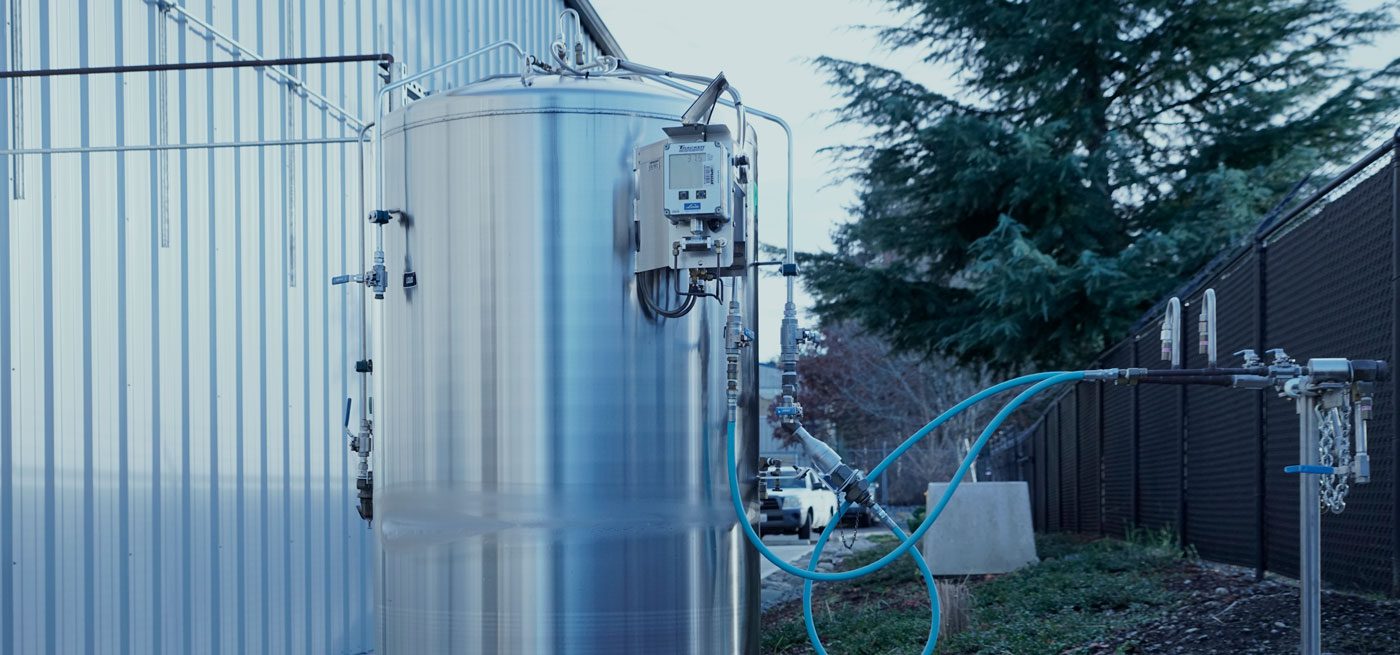
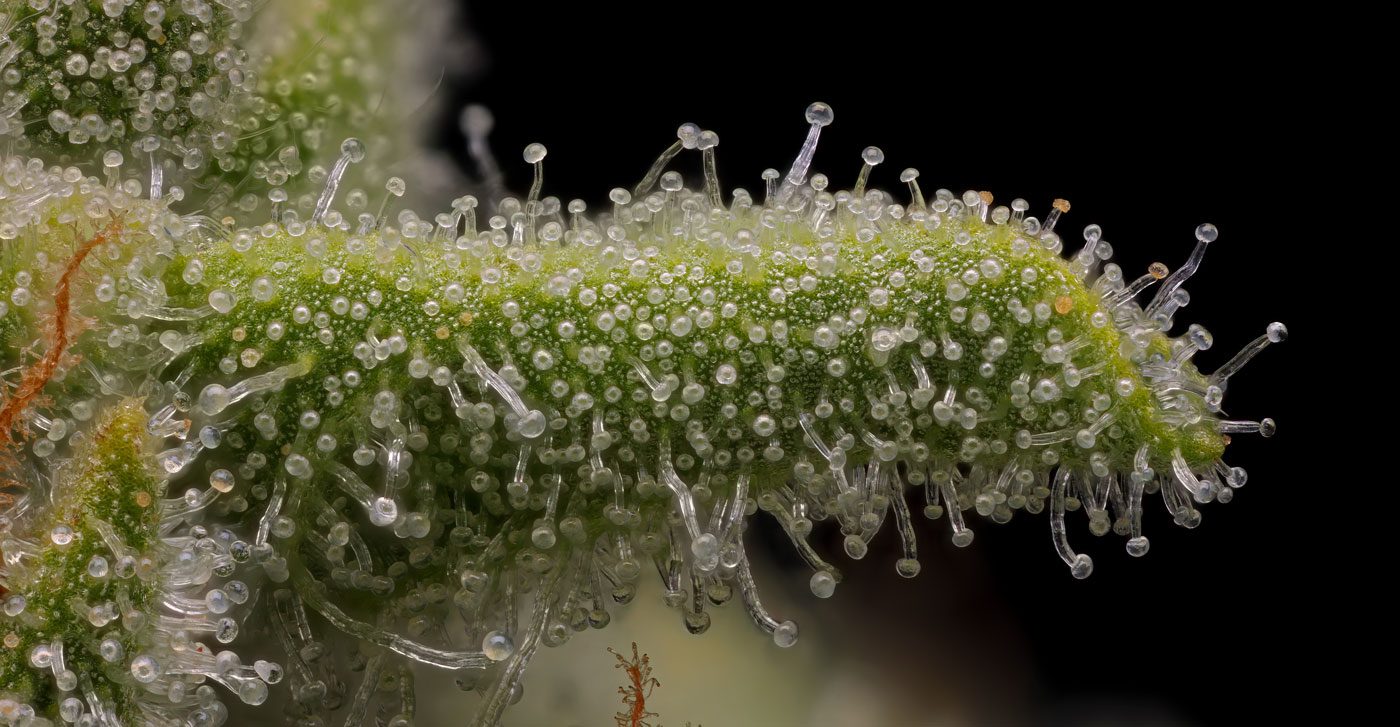
Curing Process
The curing process the team uses is also very different than what most people do. Abbey says they allow for up to 21 days to dry in a very controlled cold, dark environment. “We dry very slowly because we feel that allows the enzymatic process to really kick in and remove as much chlorophyll as possible without putting the terpenes in harm’s way,” he says. “And then we allow another seven to 10 days for curing and burping. And then it’s hand-cut directly into jars and off it goes within two weeks.”
It’s hand-harvested and hand-trimmed, but they hang the whole plant and touch it as little as possible before going out to the customer.
“Yeah, it’s expensive and labor-intensive!” Abbey laughs. “But we don’t put anything out to the customer that we don’t feel is our absolute best.”
To learn more, visit plaidjacket.com

